The curse of generification for brands such as Band-Aid, Hoover, Google, Xerox and escalator
YOU know Google and Band-Aid, but what about everyday words you never knew were brands? It happens all the time and it’s a company’s worst nightmare.

“CAN I have a band-aid?”
“Oh, you mean Band-Aid, the brand of adhesive bandages owned by Johnson & Johnson?”
“Yep, those.”
Even if you have a medicine cabinet full of Elastoplast bandages, can you imagine someone bleeding from a cut yelling, “can you get me an adhesive bandage?”. Not likely.
Brands spend billions of dollars trying to build awareness and household name status, but there’s a tipping point. When you get so big and your trademark-protected brand name becomes a byword for the whole category, it becomes a huge headache for that company. So then the brand spends eons of money trying to reverse it.
When a brand’s name becomes so commonly used, it loses its value. In worse case scenarios, it can also lose its legal protections. Much like zipper, aspirin, escalator, thermos and even heroin, which all started life as brands belonging to companies but are now a free-for-all, though to be fair, no one is really trying to claim heroin. It’s called generification.
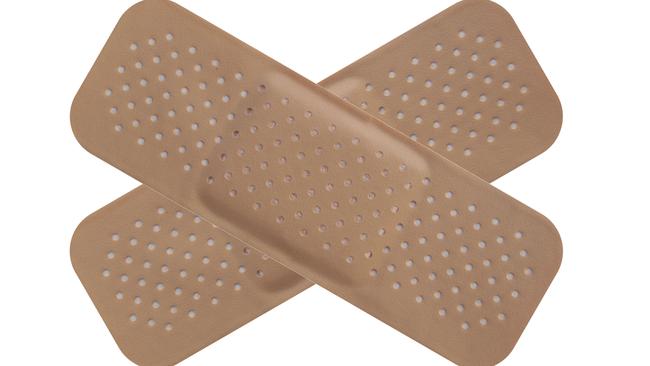
Dr Pauline Bryant, a visiting fellow in the School of Language Studies at the Australian National University told news.com.au generification usually happens because of market dominance, convenience and familiarity. She said: “It’s a lot easier to say taser than electro shock device used in law enforcement. It’s the efficiency of using a single word rather than a description, it’s efficiency in language.”
In terms of which brand name is chosen as the generic term, it’s a matter of the market. Dr Bryant said: “The brand name will often be the first one in its field, like zipper and velcro.”
An example of this is cling wrap. In Australia, people will rarely say cling wrap, they’ll use ‘glad wrap’, to reflect the dominance of Clorox brand Glad. However, Americans will say ‘saran wrap’, with Saran the dominant brand in the US.
The linguistic landscape is littered with brand names that no longer are. Escalators used to be called moving stairways. But through the folly of its own branding, the former trademark owner of Escalator, Otis, lost its trademark in a 1950 lawsuit. The judgement in the case found Otis had failed to distinguish its Escalator product from all moving stairways in its own advertising — it had printed “escalators” rather than “Escalators” in its ads in the same context as elevators, which was a generic term.
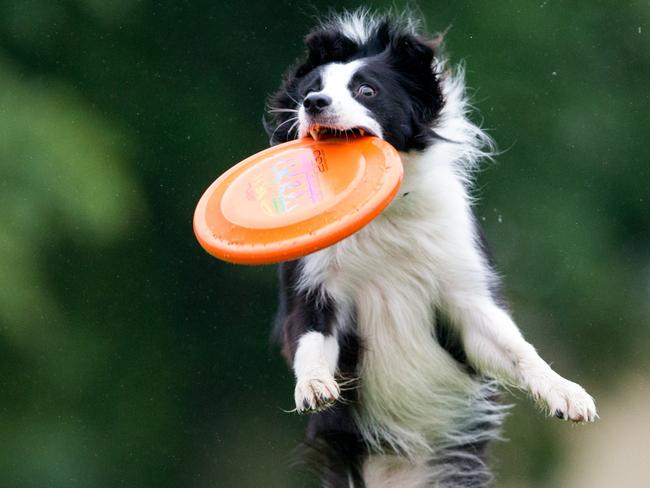
The escalator case is a warning for all companies whose brands are getting too big for their own boots. Google is feeling the pinch. In 2005, the company warned in its annual report to investors there was a risk that the use of ‘google’ as a verb could become the generic term for web search. Which is certainly proving to be the case in Australia where Google has over 90 per cent of the market (in the US, it’s just over two-thirds). Merriam-Webster dictionary included ‘google’ in its 2006 edition.
In the US, photocopier maker Xerox embarked on an ad campaign in a bid to stop people from saying “can you xerox that?” The ad’s tagline was “When you use ‘Xerox’ the way you use ‘aspirin,’ we get a headache.” Johnson & Johnson changed the jingle to Band-Aid to insert the word “brand” so that it sang as “Band-Aid brand” after advice from its legal department.
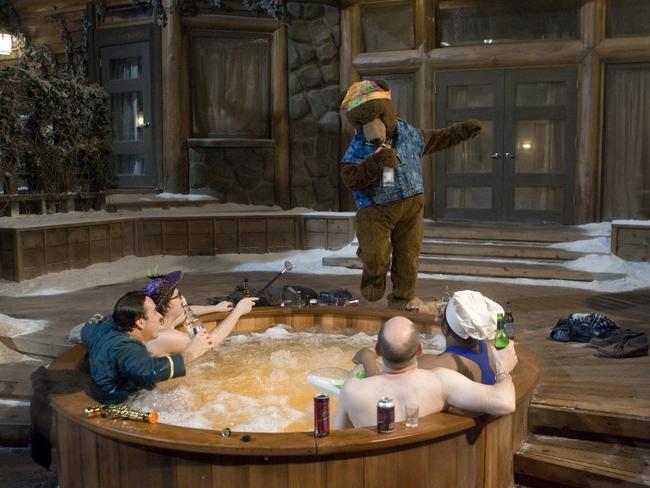
But there are also instances of generification reversing. Dr Bryant said that for a long time ‘hoover’ was a byword for vacuum, Hills Hoist when it comes to clothes lines and Kleenex instead of tissues but has mostly fallen out of popular use. The reverse trend is often due to market diversification as other brands start to flood the market. In Hoover’s case, it was taken over by Godfrey’s in the 1990s and eventually ceased production here.
While not necessarily as disastrous as the legal implications of generification, the other consequence is damage to your brand. If a brand name becomes generic, consumers stop associating it with characteristics (such as quality, innovation, trust etc) specific to that brand. It loses its power.
Brand expert Richard Curtis, chief executive of FutureBrand Australia, said: “While the word may gain meaning for the broader population, the brand risks losing that connection to the customer.
“Language is a fundamentally important part of branding and the language around your brand is like any asset an organisation controls. Too many people think of branding as visual and ignore the verbal. Brands have a voice and need to be heard and not just seen.”
Brands being used as generic terms and what the product should be referred as:
AstroTurf — artificial turf
Bubble Wrap — inflated cushioning
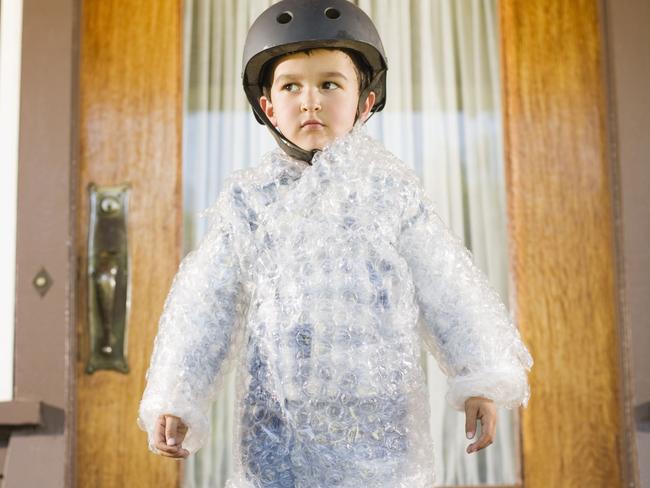
Bubbler — drinking fountain
Cellophane — no longer trademarked
Dictaphone — dictation machine
Dumpster — front loader waste container
Esky — cooler
Frisbee — flying disc
Hacky Sack — foot bag
Jacuzzi — hot tub
Jet Ski — stand-up personal watercraft
Kerosene — no longer trademarked
Lava lamp — liquid motion lamp
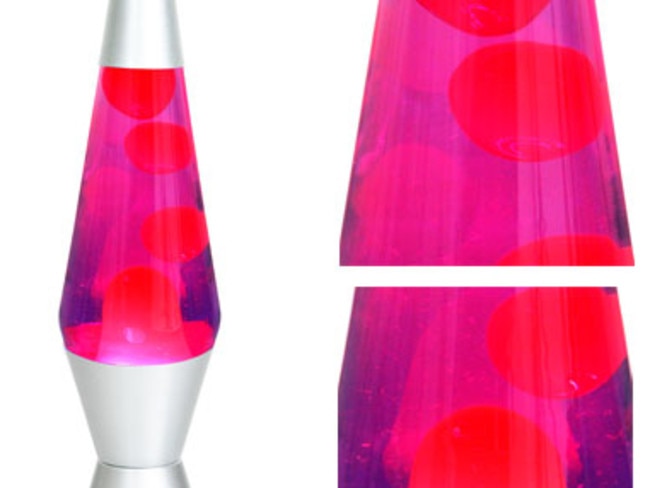
Linoleum — no longer trademarked
Onesies — infant/adult bodysuit
Perspex — acrylic glass
Ping Pong — table tennis
Rollerblade — in-line skates
Styrofoam — extruded polystyrene foam
Super glue — cyanoacrylate adhesive
Tarmac — asphalt road surface
Teflon — polytetrafluoroethylene
Yo-yo — no longer trademarked but was toy on a string




